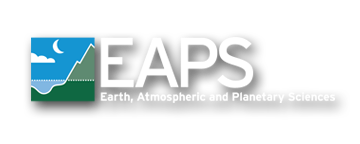Special Seminar – Daniel Varon (Harvard)
Quantifying individual methane point sources using high-resolution satellite data
Abstract
Atmospheric methane is a potent greenhouse gas that is responsible for more than one quarter of the climate warming experienced since preindustrial times. Reducing methane emissions has become a major focus of climate policy because it would provide near-immediate climate benefits thanks to methane’s short atmospheric lifetime of about 10 years. Recent methane trends are however poorly understood, with several competing hypotheses to explain the strong variability observed over the last four decades. With methane concentrations now rising at record pace, the need for better understanding of methane emissions has grown increasingly urgent.
Anthropogenic methane emissions originate from a large number of point sources across industrial sectors. Satellite instruments have unique capabilities for global and individual monitoring of these point sources. In this talk, I will describe how high-resolution satellite observations can be used to quantify individual methane point sources in oil and gas fields, and place this work in the context of the rapidly evolving satellite observing system for methane. I will compare facility-scale data from the GHGSat instrument suite with regional-scale measurements from the TROPOspheric Monitoring Instrument (TROPOMI) on-board the Sentinel-5P satellite. Furthermore, I will show how the European Space Agency’s Sentinel-2 twin satellites can be used to quantify methane point sources with 20-m pixel resolution and global coverage every 2-5 days. I will demonstrate these capabilities with examples of point-source monitoring in Algeria and Turkmenistan.
Questions? Contact Dave Wright djwright@mit.edu



